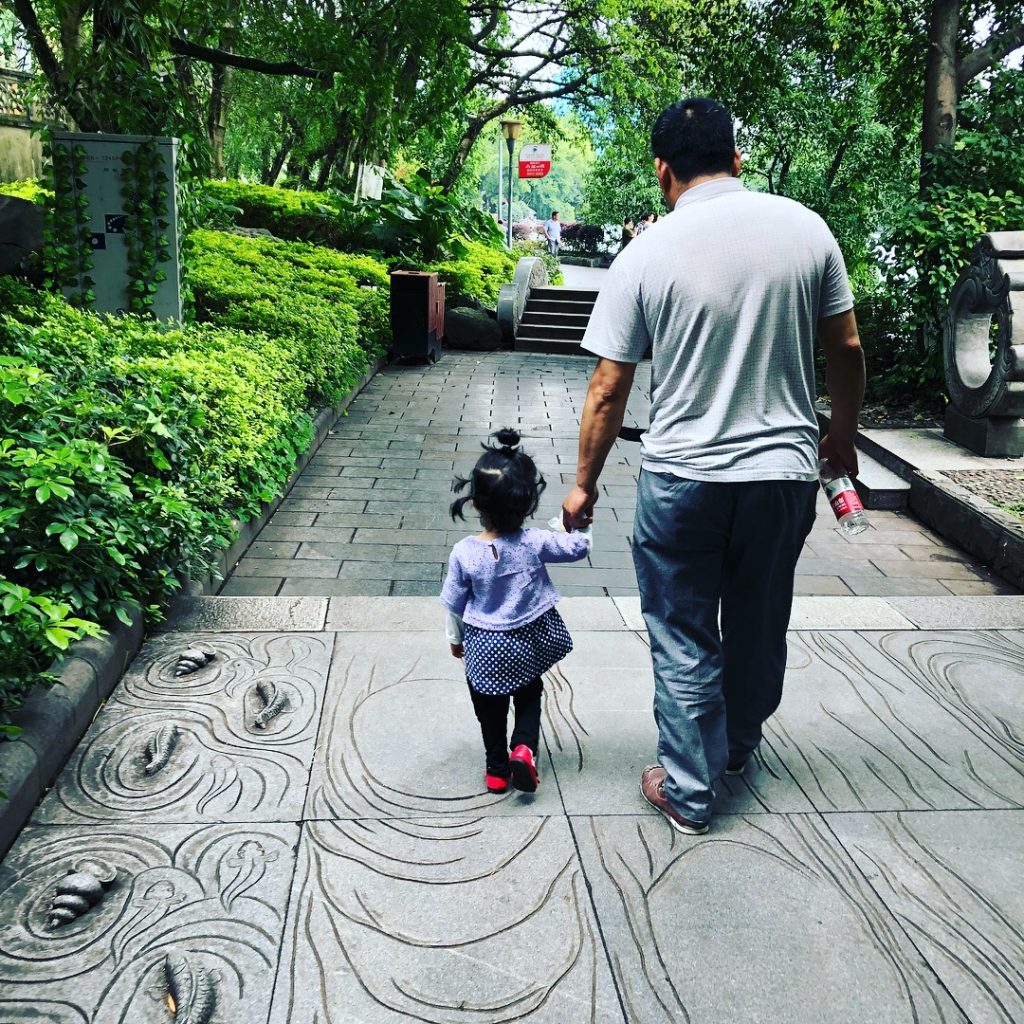
Reduce, reduce, reduce. Make every word count. I repeat these instructions every day in my EAP classroom. Session after session, I hand out exercises to reduce wordiness and replace empty, abstract words with those that are strong and specific.
And yet, the students have a hard time going “beyond the exercise” to apply these skills to their writing. They continue to fill their pages with “in the event that,” “as a result of,” and “in our society today” as well as abstracts such as “the meal was good,” “the lake was beautiful,” and “the people looked happy.”
I needed to find an authentic writing form that would encourage rich, yet spare, prose. And then it struck me—the haiku. The Japanese poem is inherently concise and relies on specific, sensory words. A win-win!
So, I initiated a “holiday haiku” activity. First, I explained the basic form: one line with five syllables, the next with seven, and the third with five. Secondly, I divided the class into small groups to brainstorm specific, image-worthy words that evoked their celebrations back home. This second stage worked beautifully. Not only did the words flow, but also the students enjoyed sharing their cultural traditions.
Continue reading



